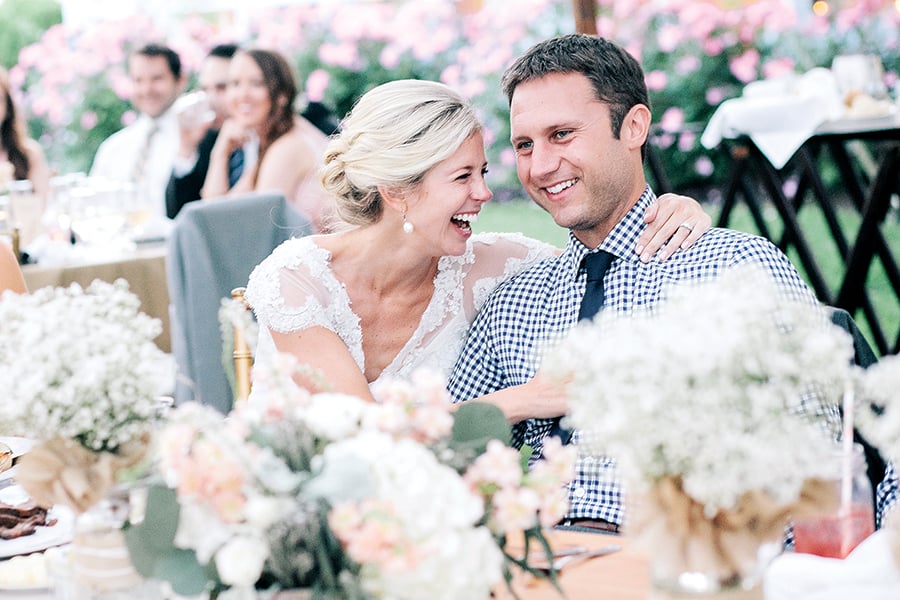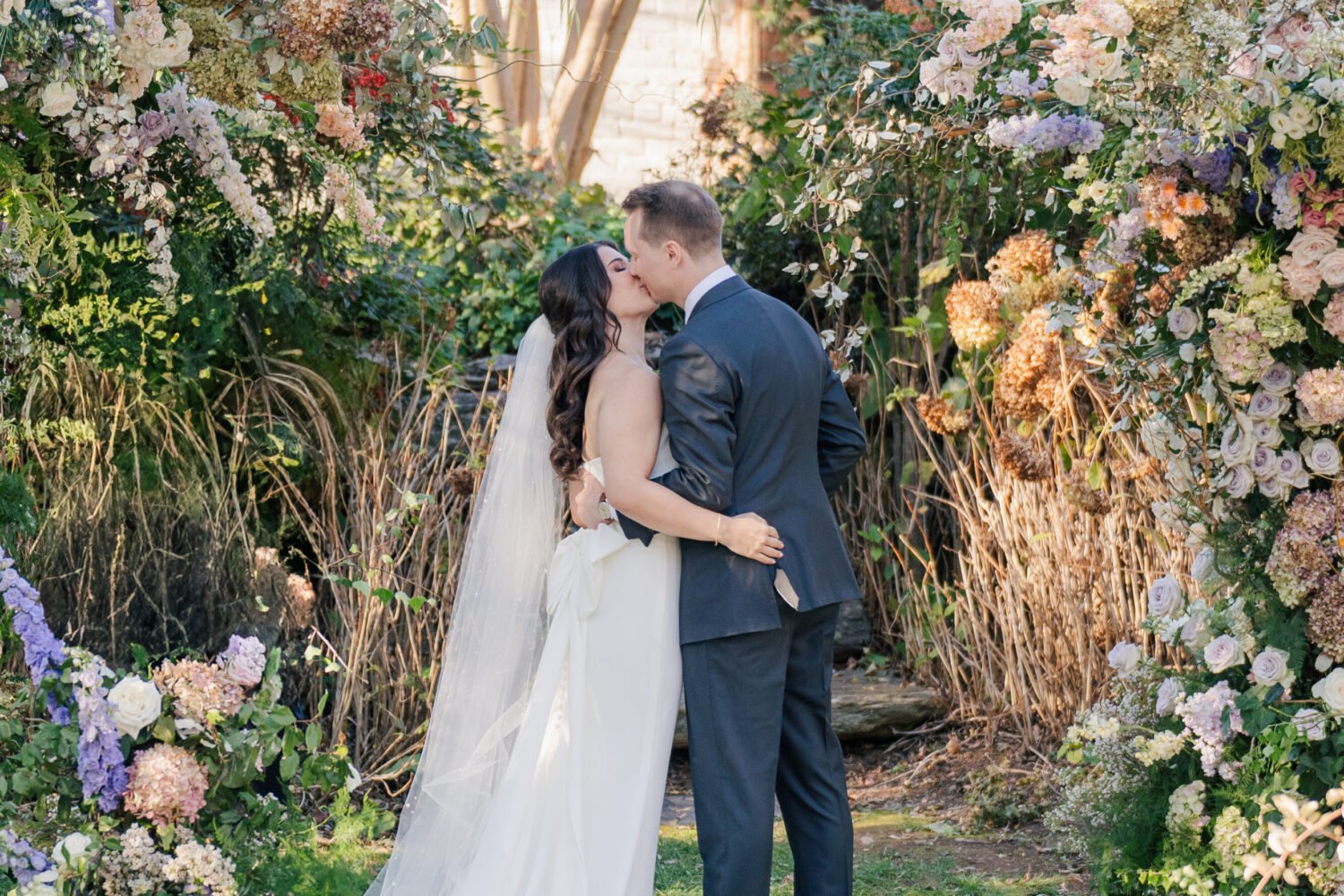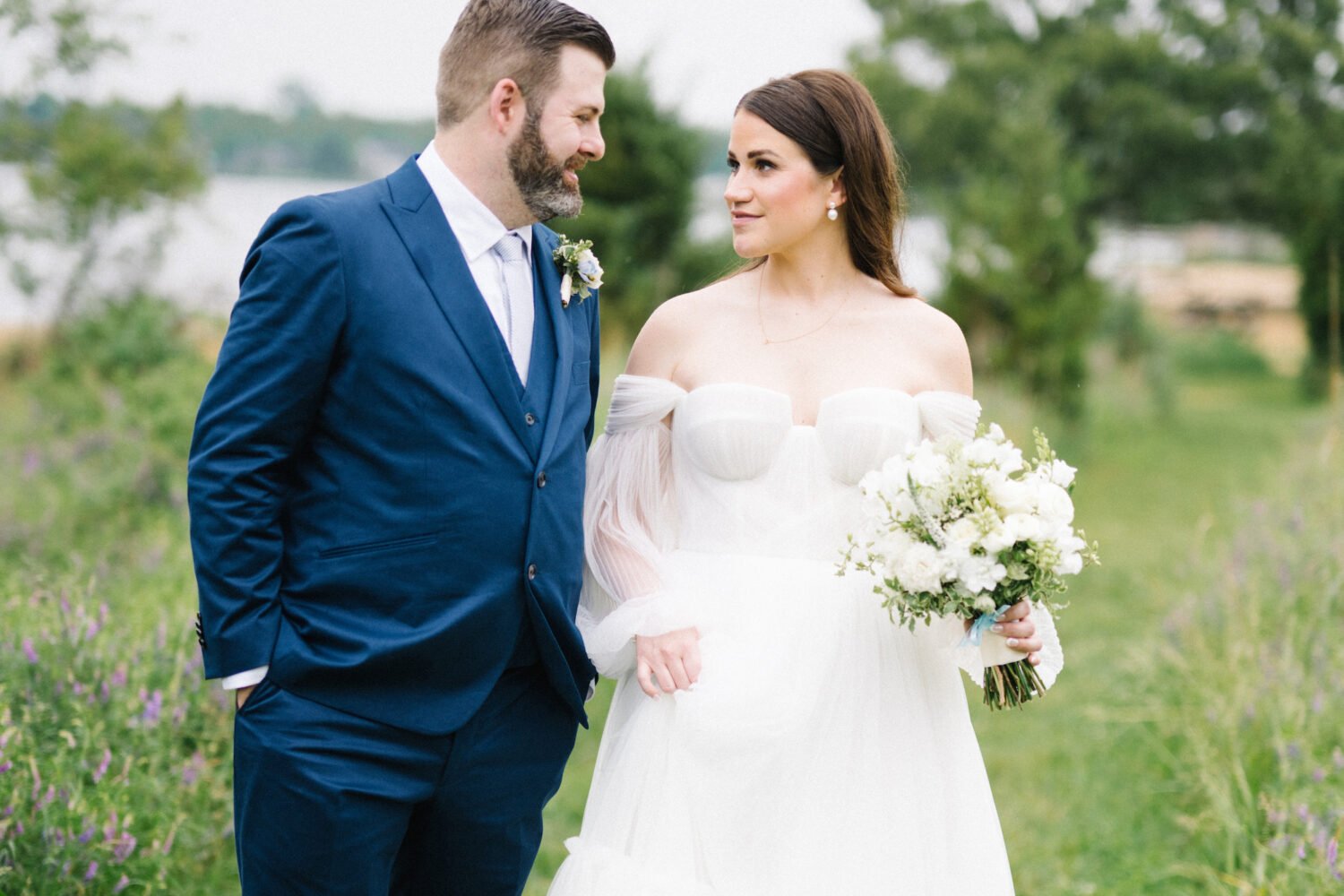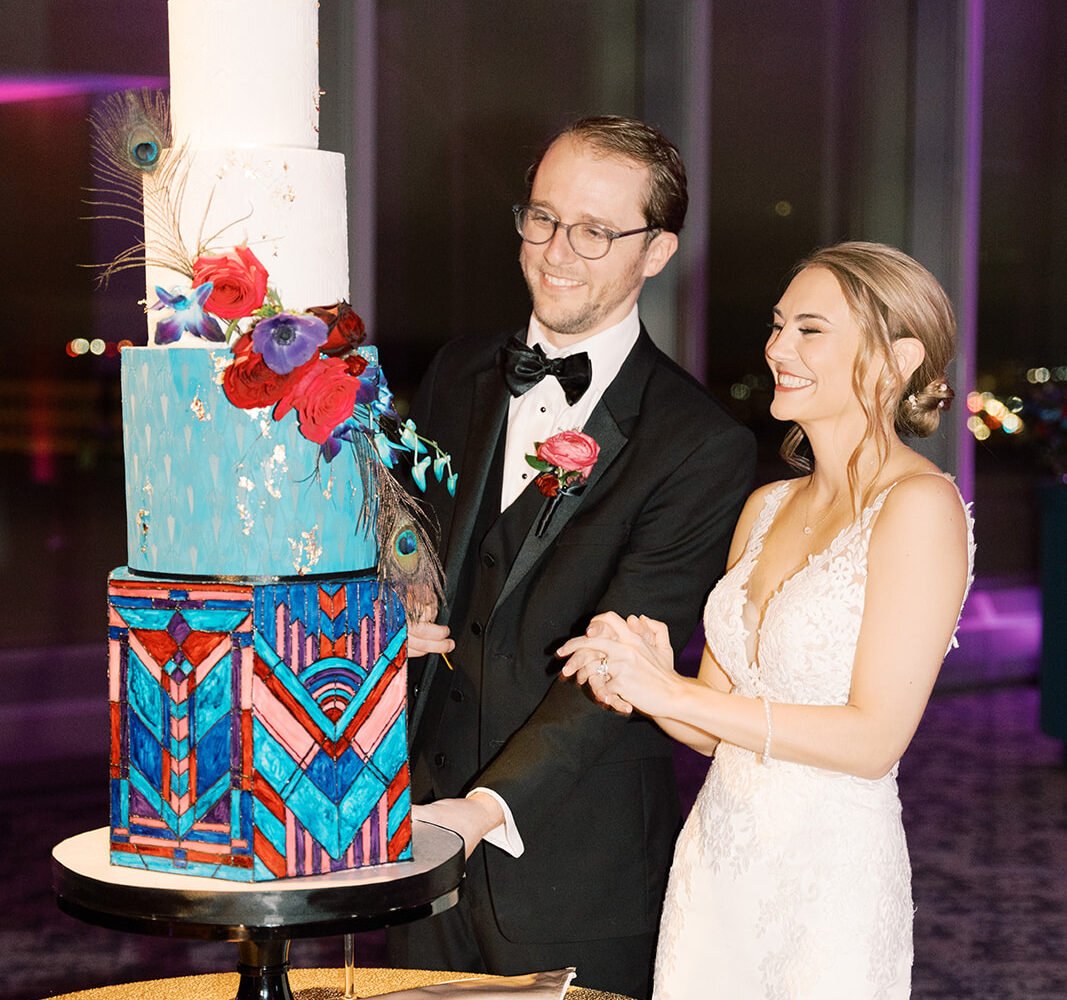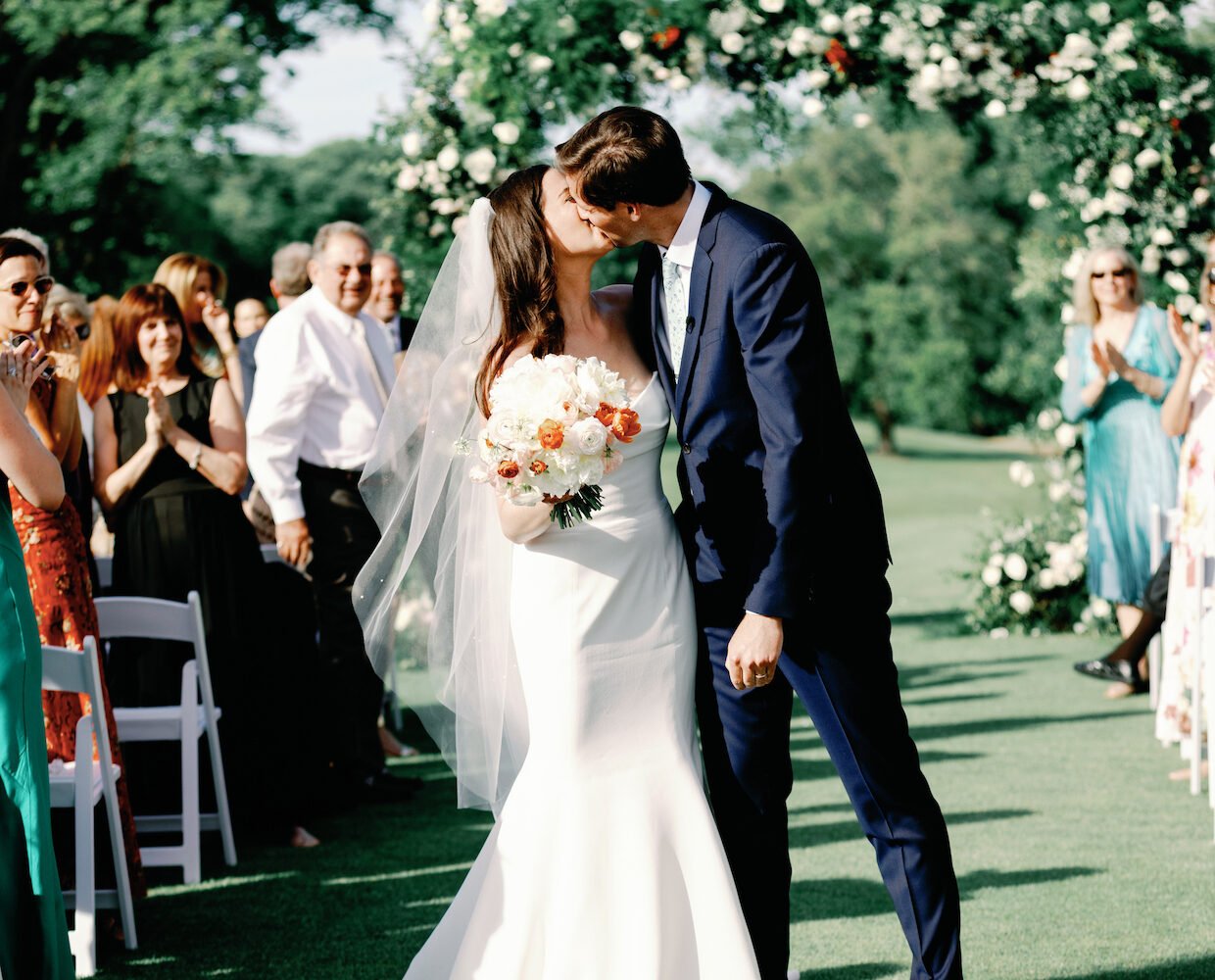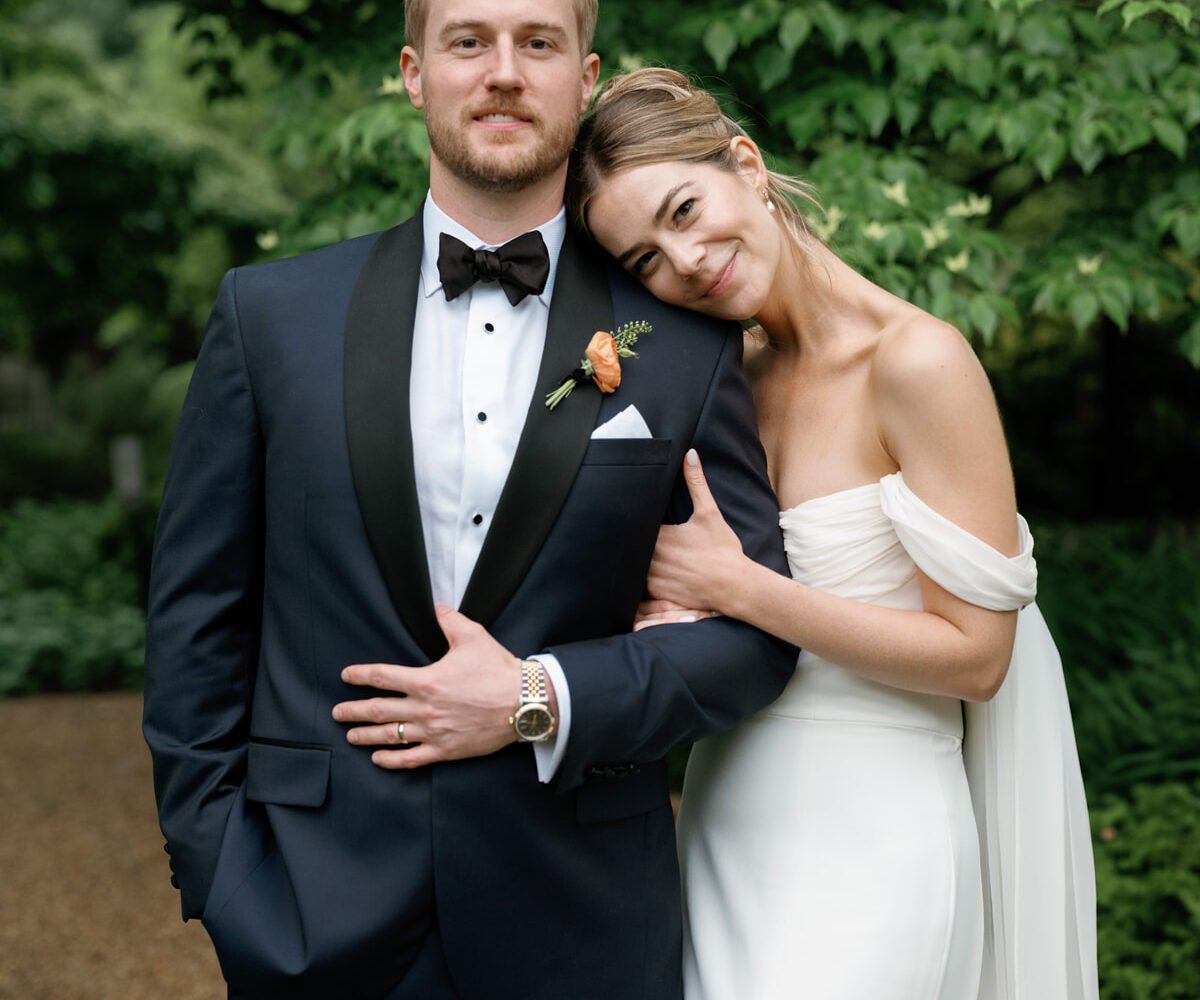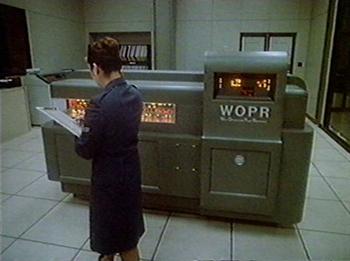
One of my favorite Beltway tales of government spending run amok is the story of the Navy’s $600 toilet seat. At the end of the Cold War, the Navy commissioned upgrades on a fleet of aircraft. As part of the revamp, the contractor looked at the jet’s narrow toilet coverings, which totaled more than $30,000 in labor, or approximately $600 per seat. The media had a field day when it became public. President Reagan said, “We didn’t buy any $600 toilet seat! We bought a $600 molded plastic cover for the entire toilet system.”
For me, this piece of Washington folklore reminds me that when faced with a big project, you can spend a lot of money on little things if you’re not careful. We had heard stories of couples who spent ungodly amounts on invitations or a hotel’s cake-cutting services. Our friends who had already gone down this road made it clear that we needed to track every dollar we spent.
Kristin and I had to establish a strict budget and commence planning from there. Because I had been stripped of my wedding play-calling duties, I decided I’d focus my attention on getting us organized and managing our finances. Having been a member of corporate America for the better part of the last decade, I did what any high-powered executive would do to get his numbers in order. Hire an accountant? No. Create an Excel spreadsheet.
In turning our living room into the Government Accountability Office, I created something called the Wedding Operations and Planning Report, and our apartment is now affectionately known as the Home of the WOPR.
The WOPR is designed for data entry into an Excel document that has numerical formulas that track spending in real time on one sheet, which is then correlated to a companion sheet showing percentages of total budget consumed. (We collected statistics on what proportions of the budget should be dedicated to certain aspects of the wedding from a variety of published sources.) The WOPR is also equipped with the master guest list, tracks vendor details and payments, and is armed with an “early-alert system” that will, in bold red lettering, highlight spending areas that are tracking over budget.
What’s unique about the WOPR is that Kristin downloaded some software to enable the program to send me text messages that will notify me of budget oversights. Here’s an example of a recent exchange when I tried to move flower-budget dollars over to the string quartet we’re looking at for our ceremony (the group plays ’80s tunes, and I wanted them to learn “Living on a Prayer”):
WOPR: Just what do you think you’re doing, Carl?
Me: I <3 Bon Jovi. Need $$$.
WOPR: I’m sorry, Carl. I’m afraid I can’t do that.
Me: What’s the problem?
WOPR: I think you know what the problem is just as well as I do.
All in all, the spreadsheet has been a really useful tool and a good way for us to start our planning. It provides a very user-friendly way of keeping ourselves methodical in this process, meticulous attention on where expenses are going, and all of the core information we need is stored in one place. The most important part of the spreadsheet is that it gives us some numbers to work with as we begin to negotiate with vendors.
Now it’s on to addressing the big questions. A causality dilemma of wedding proportions, if you will:
Which comes first, the wedding date or the wedding venue?
Read Carl's story from the beginning.
More>> Bridal Party Blog | Wedding Guide | Wedding Vendor Search


